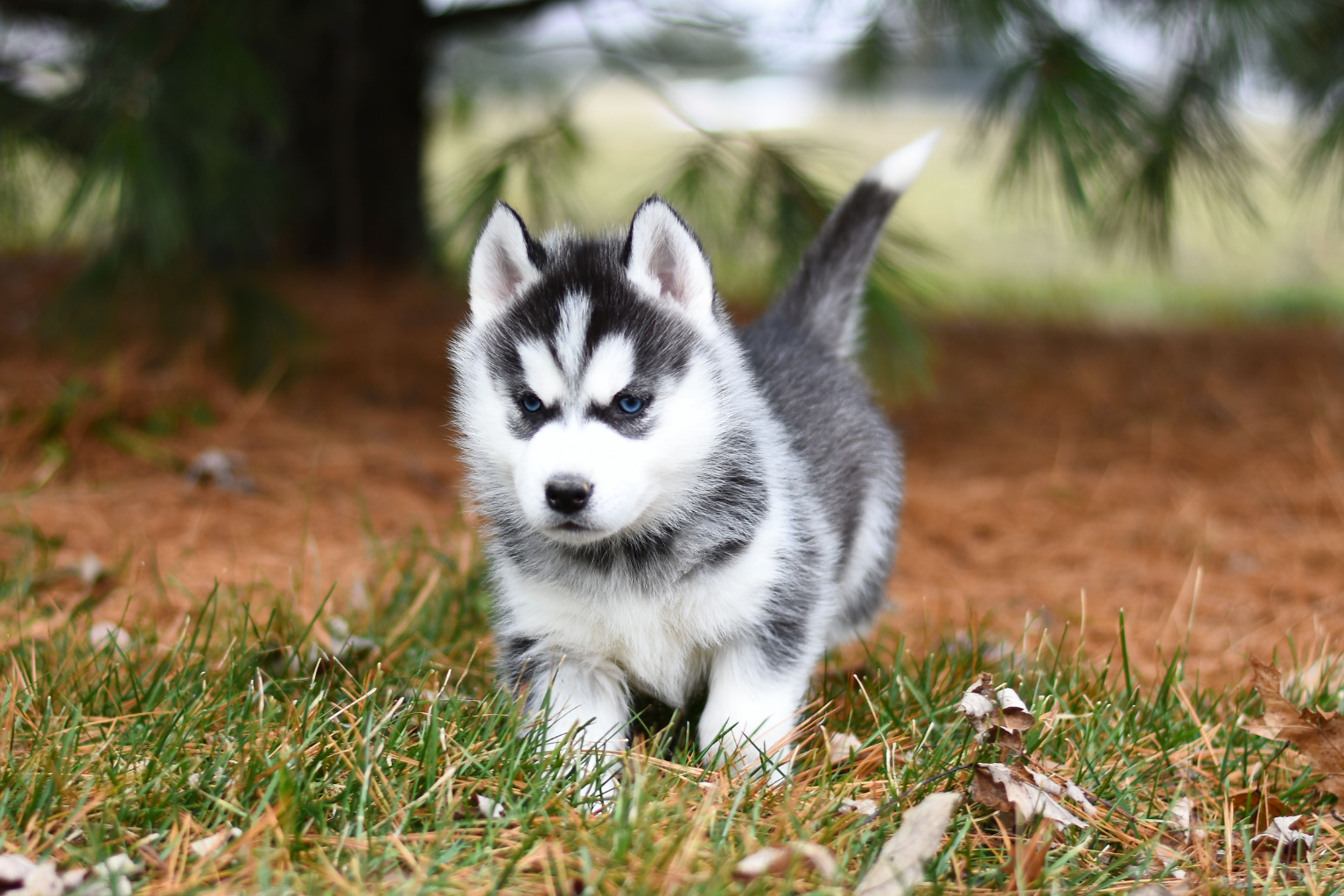Husky puppies are among the most charming and energetic dog breeds out there. With their striking eyes, playful spirit, and endless curiosity, they quickly capture hearts. But with all that cuteness comes a lot of responsibility—especially when it comes to training. Siberian Huskies are intelligent, but also independent and stubborn, which means early training is essential for a well-behaved adult dog.
In this guide, we’ll explore practical, effective tips for training your Husky puppy while strengthening the bond between you and your four-legged companion.
Understand the Husky Temperament
Before starting any training regimen, it’s important to understand what makes Huskies tick. They’re working dogs, bred for endurance and independence. While they’re affectionate and sociable, they also have a mind of their own.
Key traits to keep in mind:
- High energy levels
- Stubborn streaks
- Strong prey drive
- Escape artist tendencies
Understanding their personality helps you tailor your training to be more effective and rewarding.
Start Training Early
The best time to begin training your Husky is as soon as you bring them home, ideally between 8 to 12 weeks of age. Puppies at this stage are highly impressionable, making it easier to instill good habits and discourage undesirable behavior.
Key Early Training Goals:
- Name recognition
- Basic commands (sit, stay, come)
- Potty training
- Crate training
- Socialization with people and other dogs
Remember: early socialization can prevent fear-based behaviors and build confidence.
Use Positive Reinforcement
Huskies respond far better to positive reinforcement than to harsh discipline. Use rewards like treats, toys, and enthusiastic praise to encourage good behavior.
Best Practices:
- Reward immediately after desired behavior
- Keep training sessions short (5–10 minutes)
- Be consistent with commands and expectations
- End sessions on a positive note
Avoid yelling or using physical punishment—it breaks trust and makes training harder.
Crate Training for Structure and Safety
Crate training isn’t just about housebreaking—it gives your puppy a safe space to relax and helps prevent destructive behavior when you’re not around.
Crate Training Tips:
- Make the crate cozy with blankets and safe chew toys
- Never use the crate for punishment
- Start with short periods and gradually increase time
- Take your puppy out immediately after meals or naps
Over time, your Husky will see the crate as a den-like refuge, not a prison.
Potty Training with Patience
Housebreaking a Husky puppy takes consistency and patience. Due to their independent nature, some may take longer to train.
Potty Training Routine:
- Take them out first thing in the morning and after meals, naps, or playtime
- Praise and reward them immediately after going outside
- Use a consistent potty command like “Go potty”
- Clean indoor accidents with enzymatic cleaner to prevent repeat incidents
Stick to a routine, and your pup will get the hang of it.
Master the Basic Commands
Teaching basic commands early sets the foundation for more advanced training later. Huskies can learn quickly, but they may test boundaries, so consistency is key.
Must-Know Commands:
- Sit: Start with a treat over the nose, move it backward to get them to sit
- Stay: Ask for a sit, then slowly increase distance before rewarding
- Come: Use a happy tone and reward generously when they respond
- Leave it: Use for food, objects, or distractions
Train in a low-distraction environment before progressing to public places.
Teach Leash Manners
Huskies love to pull, thanks to their sled dog heritage. Teaching leash manners early can prevent future struggles on walks.
Leash Training Basics:
- Use a no-pull harness to reduce strain
- Reward your pup for walking beside you
- Stop moving if they pull—only walk when the leash is slack
- Practice “heel” and “stop” commands during walks
Training your Husky to walk calmly beside you makes outings more enjoyable for both of you.
Exercise Is a Must
A bored Husky is a mischievous Husky. These dogs need plenty of mental and physical exercise to stay happy and manageable.
Ideal Daily Activities:
- At least one hour of walking or running
- Puzzle toys and treat-dispensing games
- Backyard playtime with supervision
- Obedience training sessions
Make exercise part of your daily routine to prevent destructive habits like chewing or digging.
Socialize Early and Often
Huskies are naturally sociable, but early exposure helps avoid shyness or aggression later. Start introducing them to various people, places, and pets as soon as they’re vaccinated.
How to Socialize:
- Take walks in different neighborhoods
- Invite friends or neighbors to interact with your puppy
- Schedule playdates with other vaccinated puppies
- Attend a puppy training class
Positive experiences during this time shape your Husky’s view of the world.
Preventing Problem Behaviors
Nipping, biting, chewing, and howling are common issues with Husky puppies. These behaviors can be managed with redirection and consistent correction.
Solutions:
- Provide chew toys to redirect biting
- Use commands like “no bite” paired with time-outs if needed
- Ignore excessive howling, rewarding quiet behavior instead
- Puppy-proof your home to minimize temptation
Reinforce desired behavior instead of punishing the unwanted ones.
Be Patient and Stay Consistent
Training a Husky requires more patience than some other breeds. You might experience setbacks, but consistency is your most powerful tool.
Tips for Staying on Track:
- Keep a training journal
- Involve all family members in the same training routine
- Celebrate small wins
- Don’t expect overnight results
Think of training as a long-term investment in your relationship with your dog.
Your Husky’s Potential Awaits
With the right mindset and tools, training your Husky puppy can be an incredibly rewarding experience. They may be strong-willed, but with consistency, patience, and lots of love, you can raise a loyal, well-behaved companion.
